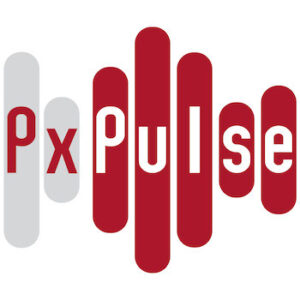Will compressed and overlapping steps get a vaccine faster? The innovations advocated for in Vaccines development that are being employed in the COVID-19 response today include: running certain clinical trials in parallel instead of sequentially; gearing up manufacturing capacity before final study results are in and negotiating public/private commitments in advance to facilitate sustainable access to new vaccines.
Excerpted from Five “P”s to Watch.
